Smudging Blue: Honouring the Spirit of Our Whale
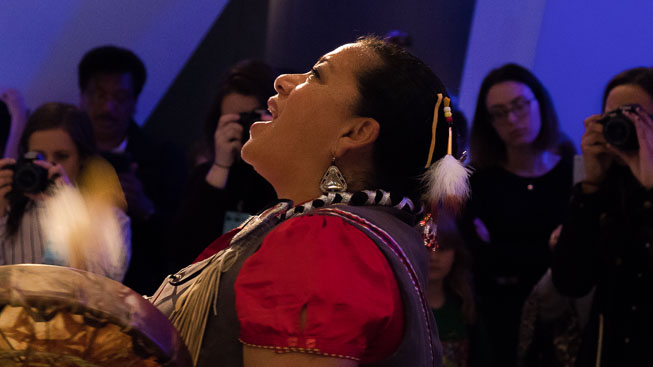
Guest blog written by 2017 Environmental Visual Communication student Rachel Brown
Kim Wheatley is an Anishinaabe mother and grandmother of the Shawanaga First Nation. I met Kim at the ROM where she offered a traditional prayer and blessing for the bones and heart of ‘Blue,’ the whale who is the star of Out of the Depths: The Blue Whale Story.
What was so special about this ceremony? Let me explain.
Kim began by introducing herself, and welcoming “each and every person” to the Traditional Treaty Territory of The Mississaugas of the New Credit First Nation. She explained that she was here to acknowledge our beautiful grandmother: Blue. The purpose of the ceremony was to offer Blue blessing and thanks, honour Blue’s life on earth, and also her spiritual life.
She had water, tobacco, and other tools to offer the blessing. She used sweetgrass to smudge the grandmother whale, and then sang a traditional song. After this, she led us all to Blue’s heart.
The heart, the very heart that belonged to Blue, had recently arrived from Germany after undergoing plastination. The process of preserving the heart was an incredible scientific achievement for the mammalogy team at the ROM. But Kim respected the heart for more than its scientific merit.
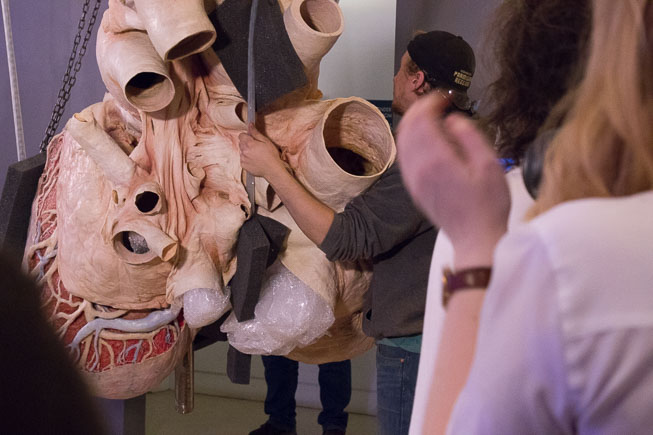
Kim looked at the heart for a moment, touched it, then started a drumming song. The sound filled the entire room. Visitors of the exhibit gathered around to watch. At this point, I didn’t know very much about the Anishinaabe perspective, as Kim would later explain it to me. Yet, while listening to Kim’s song, I was moved. My eyes started to water, and it felt as though I could understand the emotions that Kim was offering the whale: honour, respect, and gratitude. The emotions were tangible.
I had seen the Blue Whale exhibit a few times already, but I had never stopped to think about the individual grandmother: Blue. Nor had I thought about the heart as Blue’s heart. Of course I knew the whale was an individual, but I didn’t make a conscious, emotional connection to that fact.
Stunned by my gratitude for the ceremony, I approached Kim. She was warm and welcoming. Kim explained to me that the ceremony “symbolically provides closure for [the whale].. so that she can have peace of mind.” She said that when a whale dies, we lose a piece of history.
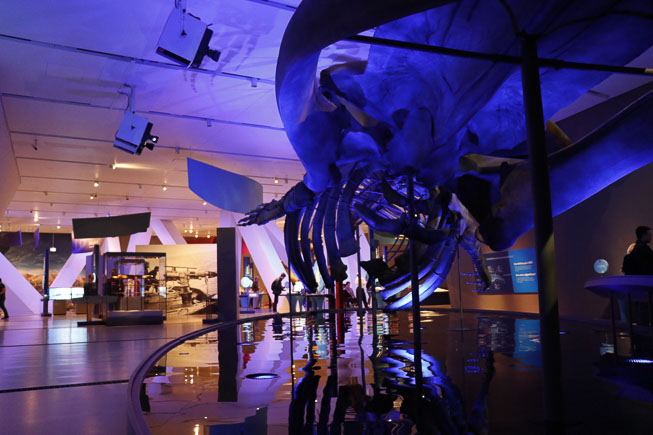
This is also true from an evolutionary perspective. Animals carry with them unique DNA that has evolved over millions of years. When we lose species, we are losing the diversity that makes our world beautiful and resourceful. The Anishinaabe narratives have been passed down over generations, and they have turned their understanding of the whales into stories that resonate with us on a deeper level than scientific data. Kim explained that the ceremony is meant to create a sacred space for the whale’s spirit, in a facility where we often forget to do so – places like museums. Kim provided the final key to the Blue Whale exhibit. The presence of Blue’s heart and bones had an intensity that I did not feel before. Blue was her own individual, and she was a grandmother, not an artifact.
Why was Kim’s ability to evoke emotion so significant to me?
Environmental campaigns have been working for over 40 years to create this kind of deep care in citizens. Countless NGOs are attempting to inspire a deeper sense of responsibility for the planet and its people. The Anishinaabe, who once inhabited the land surrounding all 5 of the Great Lakes, have had this deep sense of care built into their worldview for thousands of years.
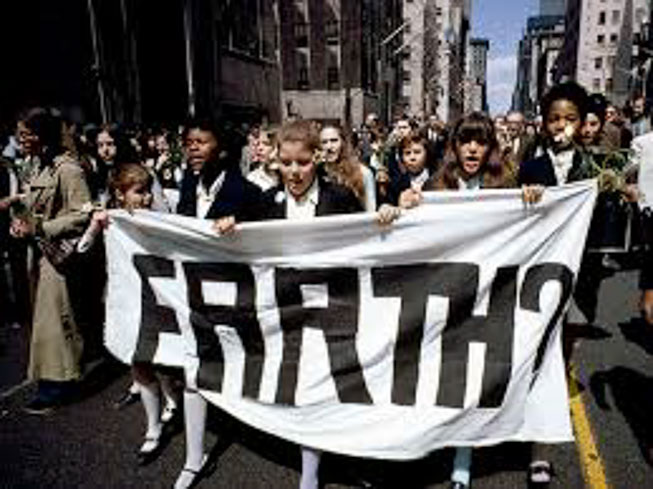
I asked Kim if she had grown up learning the Anishinaabe traditions, and she explained to me that although it was still illegal to practice traditional Indigenous culture when she was growing up, she still managed to learn and practice the traditions of her people.
As a Canadian, I want to build a better relationship with the Indigenous people who I know so little about. I believe that this is my responsibility as someone who lives on this land. The more I learn about the First Nations, the more I see how rich their wisdom is. Kim Wheatley’s goal is to continue to push fairness using kindness and it is with the utmost respect that I write about her. I hope that in the next 150 years of Canada’s history, more Canadians can have the same graciousness that Kim exemplifies in welcoming different perspectives into her worldview.
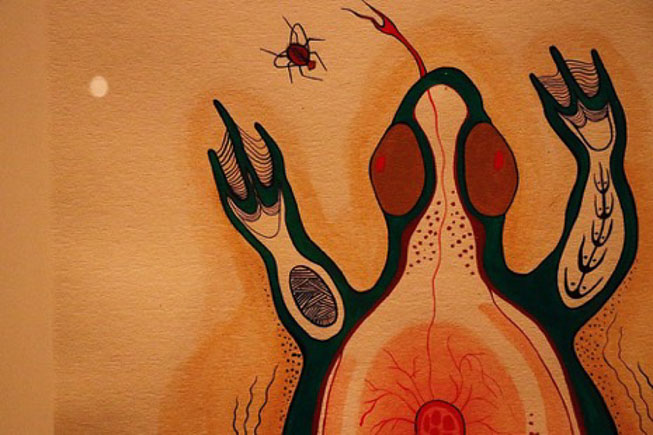
Be sure to explore the "Anishinaabeg Art and Power" exhibition now open at the ROM, and visit the "Out of the Depths: The Blue Whale Story" exhibition before it closes on September 4th!
Below are links to check out if you want to learn more about Indigenous peoples, whales, and our oceans:
Indigenous Toronto:
http://www.blogto.com/city/2015/01/a_guide_to_indigenous_toronto/
Indigenous Issues 101:
http://apihtawikosisan.com/aboriginal-issue-primers/
Proper Indigenous Jargon:
http://apihtawikosisan.com/2012/01/a-rose-by-any-other-name-is-a-mihkokwaniy/
To help Blue Whale conservation:
http://ashadevos.com/
http://oceana.org/
https://www.rorqual.com/
